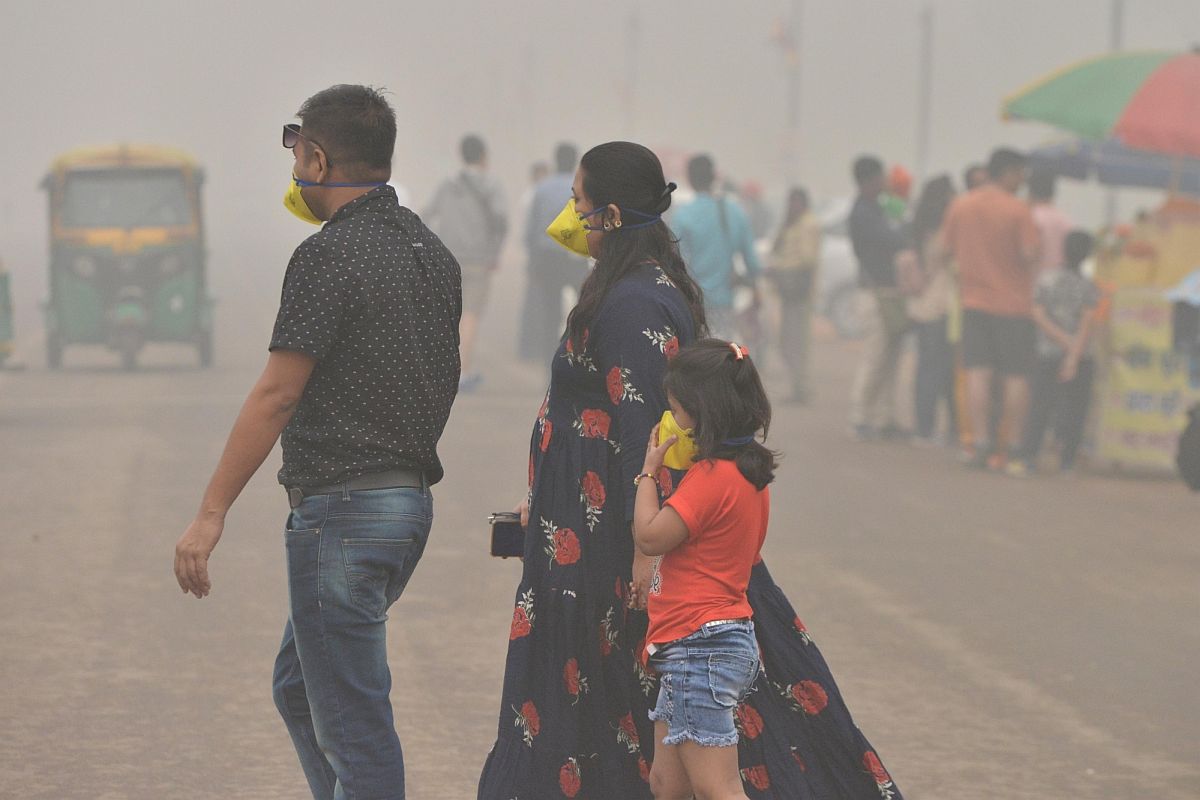Life on earth is supported by our environment and it is getting polluted by contaminants that are generated during the life-cycle of each living organism and also by natural causes like floods earthquakes and volcanic eruptions. During the last 4 to 5 decades due to human’s increased activities, environmental pollution has been increasing. The main factor responsible for the present state of pollution especially air pollution are higher population growth rate, industrialisation and urbanisation.
Air pollution is a major global problem. It aggravates existing health problems, and in severe cases cause death. Air pollution is also responsible for a wide variety of environmental problems including damaged forest and crops, acid deposition, and widespread destruction of acid sensitive aquatic environment and organism. All these impacts entail significant economic cost. As these costs become widely known, pollution abatement becomes increasingly important. Air pollution strategies rely on local, national and regional authorities setting air quality and emission standards.
According to WHO data, 7 million people die from exposure to ambient and household air pollution. More than ninety per cent of the world’s population lives in places where air pollution levels exceed the WHO guideline limits.
There are number of different pollution abatement techniques available to polluting industries as well as the number of different strategies to encourage industry to implement those techniques. The four strategies include direct regulation taxation, facilitation of private litigation, and a system of tradable pollution permits.
These are the major pollutants present in air creating air pollution and emission reduction techniques:
Particulate matter-The most common method of removing particulate matter from power plant emission has been the use of electrostatic and baghouse filters, this technology is required in most developing countries. While this technology reduces direct particulate emission by 99.5%,It does not prevent gaseous emissions or prevent them from forming acid particles upon reaction with outside elements.
Sulphur dioxide-Sulphur dioxide emission is the most commonly controlled through Flue Gas Desulfuration (FGD) Devices known ass scrubbers which can remove up to 95% of SO2 emissions.
Nitrogen oxide-Controlling nitrogen oxide emission has been pursued through several different techniques a simple modification of its combustion process has resulted in 30 to 50% decrease in NO2 output. Selective catalytic Reduction can reduce emission by 80 to 90% but is far more expensive to implement this technology is likely to be more widely implemented in the future. Clean coal technologies are also under development which lower SO2 and NO to emission while providing more efficient combustion.
Devices which can be used to control Air Pollution are Settling Chambers centrifugal gas collectors, Wet scrubbers, Electrostatic precipitation, Fabric filters and Plate towers.
What can we do at personal levels to reduce air pollution.
It is not enough for only the government to notify laws, but it should be sustained by everyone, a positive attitude on the part of everyone in the society is essential for the prevention of pollution.
What can we do?
Reduce the demand of travel I am providing alternative methods of transport as car pools And public buses,the total number of kilometre covered by a given fleet of vehicles can be reduced. Another important way to reduce the demand of travel is to take the advantage of information technology.
Manage travel demand more efficiently good traffic management is the key to managing travel demand this includes disciplined Parking following traffic rules, synchronised traffic lights, etc. Considering that the buses carry more people, giving what’s his priority over other modes of transport sounds logical enough.
Vehicles that run either on electricity or CNG is a better option.
Battery operated vehicles are zero-emission vehicles and noise free. At Agra these are used to ferry tourist from the car park to Taj Mahal in an effort to reduce air pollution.
Trap the pollution before the escape into the atmosphere The devices like ’catalytic converters as well as ’After Treatment devices’ Are you used in cars to cut down pollution.
Administrative measures administration have to be very careful about the air pollution caused by factories and vehicles there should be strict laws four creating pollution intentionally and unintentionally. The recent directive from the Supreme Court banning commercial vehicles that are more than 15 years from plying on the streets of Delhi is just one example of administrative intervention to check pollution the periodic checks on emission of pollution from all motorised vehicles is another
A comprehensive approach is taken to integrate environmental and economic aspects in development planning, stress is led on preventing aspects for pollution abatement and promotion of technological inputs to reduce industrial pollutants and through reliance upon public cooperation is securing a clean environment to respond to the coming challenges.
Some technological strategies To face the upcoming challenges are:
Efficient burning of fuels, Use of alternative fuels. Using cleaner threat of conventional fuels. Preventing the pollutants from spreading. Treatment of pollutants before they are released.











